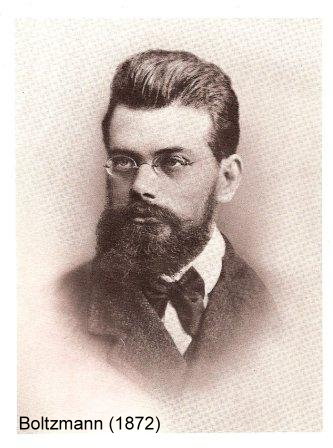|
Guillermo Cabrera-Teaching |Home| Personal| Research| Students| 
|
|
|
FI-004 - Física Estatística I 
Prof. Guillermo Cabrera DFMC, Sala: 225, Tel: 352-15475 E-mail: cabrera-at-ifi.unicamp.br Aulas: Segundas e Quartas às 10:00, na sala IF-14. Programa da disciplina (com referências, cronograma, avaliação, etc): Programa (archivo pdf) Foundation of Statistical Mechanics. "Physics is the prime example of the exact sciences, and statistical mechanics constitutes one of the important bases of physics. Now, if one is told that the foundation of statistical mechanics is not entirely clear, he/she would feel rather astounded and puzzled. Being one of those engaged in this discipline, the writer feels a little embarrassed to admit this, but it is indeed the fact. There is, nevertheless, no doubt about the validity of statistical mechanics. When one is concerned with its application, it would be better if one uses it as much as possible without being too much disturbed. The problem here is how to justify the principle of equal weight. There are rather many physicists who are not satisfied with the ergodic theorem. The mathematical proof of this theorem is too general and does not make use of the characteristic property of dynamical systems in physics, such as we deal with in statistical mechanics. We tend to think, therefore, that in this theory we are not really grasping the physical circumstances which make statistical mechanics successful. One would feel that the basis for relating the value of actual observation to that which has to do with probability, lies in the fact that an actual system consists of a large number of particles. Although this intuition is probably true, it has not been fully clarified. Basic problems such as this are not raised just from philosophical interest alone. Indeed, we cannot avoid these problems when we want to advance the study of statistical mechanics to fields thus far unexplored, such as the problem of irreversible processes." Fragmento extraído do livro de Ryogo Kubo, "Statistical Mechanics", Wiley, New York (1965). Notas de Aula Capítulo 1 Introdução Aula 0. Capítulo 2 Considerações Gerais Aula 1. Aula 2. Aula 3. Aula 4. Capítulo 3 Ensembles de Equilíbrio Aula 5. Aula 6. Aula 7. Capítulo 4 Gases quânticos e partículas idênticas Aula 8. Aula 9. Aula 10. Aula 11. Referência. Capítulo 5 Sistemas Interagentes Aula 12. Aula 13. Aula 14. Aula 15. Aula 16. Aula 17. Yang-Lee theory Listas de Exercícios. Lista 1. Lista 2. Lista 3. Lista 4. Lista 5. Lista 6. Notas das Avaliações Atenção para as datas do curso. Provas: 19 de abril, 24 de maio e 28 de junho. A última prova é obrigatória. Links interessantes sobre mecânica estatística e outros. Entropy Conto de Thomas Pynchon, versão bilingue inglês-espanhol Thermodynamics Research Lab (Sítio educacional). Recent Papers on Statistical Mechanics (cond-mat). Kinetic Theory (Ideal Gas). Statistical Mechanics I do MIT. (undergraduate level) Statistical Mechanics of Fields do MIT. (graduate level) |
|